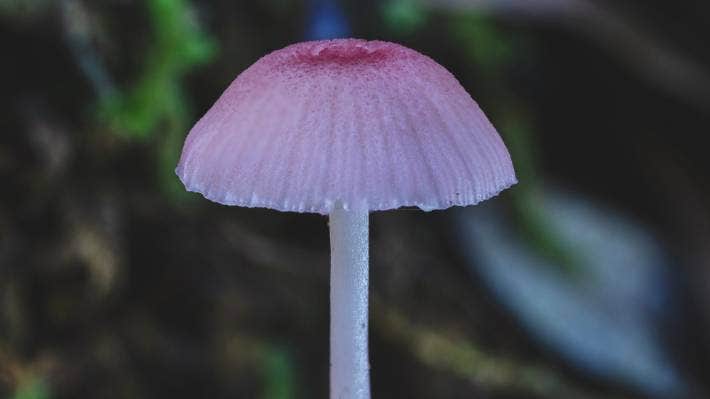In the world of agriculture, innovation and experimentation are often key to success. One such innovative farming venture that has been making headlines recently is Pink Mushroom Mutation Farming. This unique agricultural approach has garnered attention for its potential to revolutionize the mushroom industry. In this article, we will delve into the fascinating world of Pink Mushroom Mutation Farming and explore the reasons behind its remarkable success.
The Birth of Pink Mushroom Mutation Farming
Pink Mushroom Mutation Farming is the brainchild of Dr. Emily Stevens, a mycologist with a passion for exploring the untapped potential of mushrooms. Her journey began when she stumbled upon a rare pink mushroom variant in the depths of a forest during a research expedition. Intrigued by its vibrant hue and distinct properties, Dr. Stevens embarked on a mission to cultivate these unique mushrooms.
The Process of Cultivation
Cultivating pink mushrooms is no easy feat, but Dr. Stevens and her team were determined to unlock the secrets of their growth. They meticulously studied the environmental conditions, nutrient requirements, and genetic factors that influence the pink mushroom’s development. After years of rigorous research and experimentation, they successfully developed a proprietary cultivation method that allowed them to mass-produce these exceptional fungi.
The Unique Properties of Pink Mushrooms
Pink mushrooms, scientifically named Agaricus roseus, are not only visually stunning but also offer several health benefits. They are rich in antioxidants and have anti-inflammatory properties, making them a sought-after ingredient in the pharmaceutical and culinary industries. The unique pink hue is due to a rare pigment called “rosenin,” which has potential applications in various fields, from cosmetics to textiles.
Commercial Viability
The success of Pink Mushroom Mutation Farming didn’t go unnoticed by the agricultural community. As word spread about the remarkable properties and potential profitability of these pink mushrooms, investors and farmers alike began to take notice. Dr. Stevens partnered with local farmers to scale up production, creating a network of Pink Mushroom farms across the region.
Environmental Sustainability
One of the key selling points of Pink Mushroom Mutation Farming is its eco-friendly nature. Unlike traditional agriculture, which often involves deforestation and the use of harmful chemicals, pink mushroom cultivation can be carried out in controlled indoor environments. This reduces the strain on natural resources and minimizes the carbon footprint associated with farming.
A Blossoming Industry
As Pink Mushroom Mutation Farming gained momentum, it gave rise to a new industry. Farmers who had previously focused on conventional crops began diversifying into pink mushroom cultivation. This shift not only contributed to the economic development of rural areas but also created employment opportunities for many.
In conclusion, Pink Mushroom Mutation Farming has emerged as a groundbreaking agricultural practice with enormous potential. Dr. Emily Stevens and her team’s dedication to research and innovation have paved the way for a thriving industry that is both economically and environmentally sustainable. As the demand for pink mushrooms continues to grow, it is clear that this farming method is here to stay, reshaping the future of agriculture.


Leave a Reply